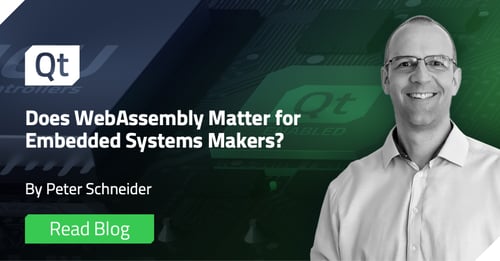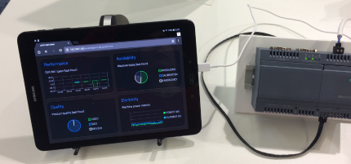Dear reader,
In the past, we talked about a trend in the market: How to stream user interfaces (UIs) remotely from a headless device.
One of the interesting things about streaming technology is that it enables us to use certain devices without ever having to install or update an application. This trend sparked great interest in our user-base, so we decided to create "The Embedded Developer's Guide to Zero Installation".

But what are the reasons for zero installation becoming such a big deal?
Many devices in the IoT-space like gateways, edge devices, etc., are shipped without a display connected. In B2B industries, users like technicians and system integrators need to configure and set up these headless devices during the commissioning phase. These technicians need those devices to work out-of the-box because installing an application in the field is often forbidden or impossible due to lack of connectivity.
Another benefit is that such applications stays updated and synced with its device because the application runs "inside" the device.
We are also seeing industrial touch panels going for this kind of approach because field technicians or managers want to read operational values directly from within the client (tablet, smartphone, desktop).
Industrial device manufacturers can provide this zero-installation experience by creating applications where the user interface is controlled from any browser. After all, every client has a browser installed.
Here is a demo of what this may look like in reality.
With the Qt technologies mentioned in our white paper we are looking into helping our users reaching the market faster, with all the benefits of using Qt.
Finally, if you're interested in learning more, I'll leave you with a series of blog posts that will show you how to use what you've learned in the white paper and combine it with the best approaches to create connected devices.



